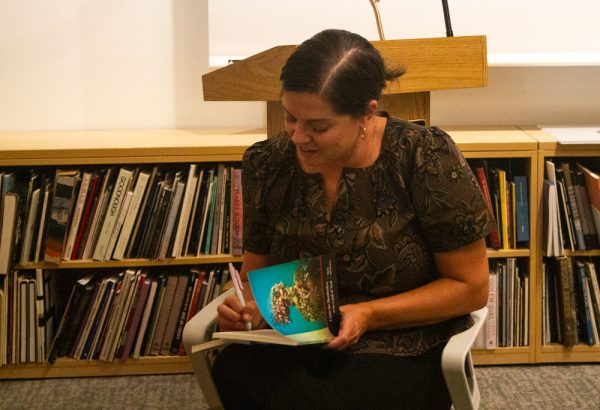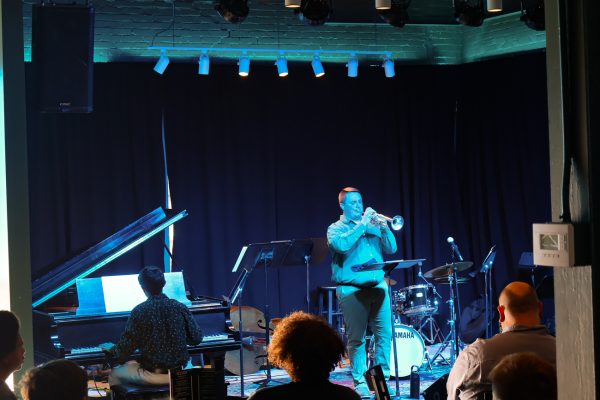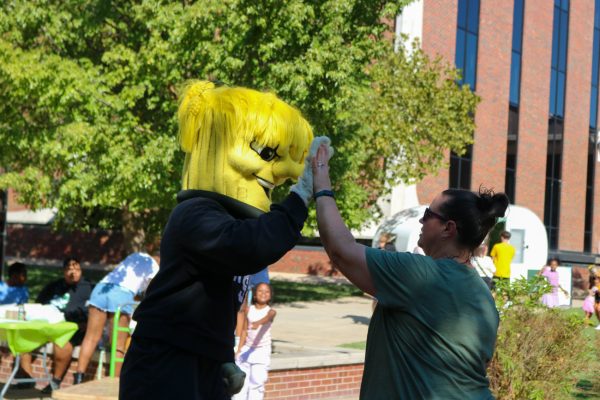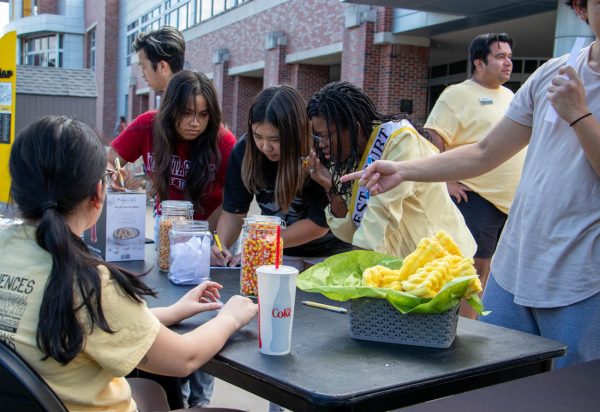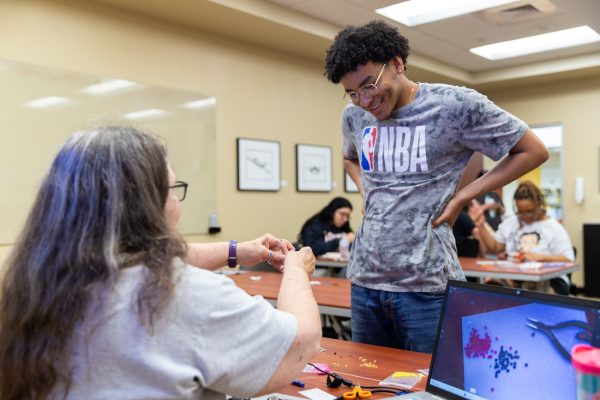Book review: Wichita camp comes to light
Through the works of one history professor, one illustrator and three history graduate students, a graphic novel was born.
The history department sponsored the book “Luke the Longhorn: Chisholm’s Trail.”
It took the five about 15 months to write the first of three volumes.
“This began with the One-hundred and fiftieth commemoration of the Chisholm Trail,” Professor Jay Price said. “What would be the story? What would the book look like?”
Researcher Andrea Wilson said learning a new process in writing a book versus a graphic novel was the most interesting aspect.
“The biggest difference is the visual aspect,” Wilson said.
The book was written for middle school students to entertain them and whet their appetite for local history.
The plot follows Luke, a fictional longhorn steer, as he meets historical people such as James R. Meade, who established trading posts, William Greiffenstein, who became known as the Father of Wichita, and others.
The first volume covers 1865 to 1870 and each panel on every page shows a different scene. Miles Foley, the illustrator, said he looked at period paintings, photographs and talked with family descendants to create the art.
“It was a very different time period,” Foley said.
Price said a tribe of Native Americans named Wichita came up from Oklahoma and camped in the Wichita area before Wichita officially became a city in 1880 with a population of about 24,000.
Alicia Duran said, “we wanted to portray it in a positive light.”
The hard part was what to leave in and what to leave out, she said.
“It’s pretty accurate,” Barb Myers said, “what businesses and who would be here.”
That included Indian tribes, African Americans, immigrants and people traveling westward.
“The problem these days is being politically correct while still being accurate,” Myers said. “It’s kind of a sticky thing.”
Wilson said she expects it to be more difficult with the next two volumes.
“I’m referring to it as the Star Wars problem,” she said.
That problem is knowing when it’s best to end a volume and start the next.
The second volume will be from 1870 to 1872 and the third will be from 1872 to the late 1870s or 1880s.
The book is available in the WSU bookstore and other book stores in the Wichita area. The proceeds will finance future academic projects at the university.
A book signing is scheduled for 1:30 p.m. on May 5 at the Wichita Historical Museum at 204 S. Main.





